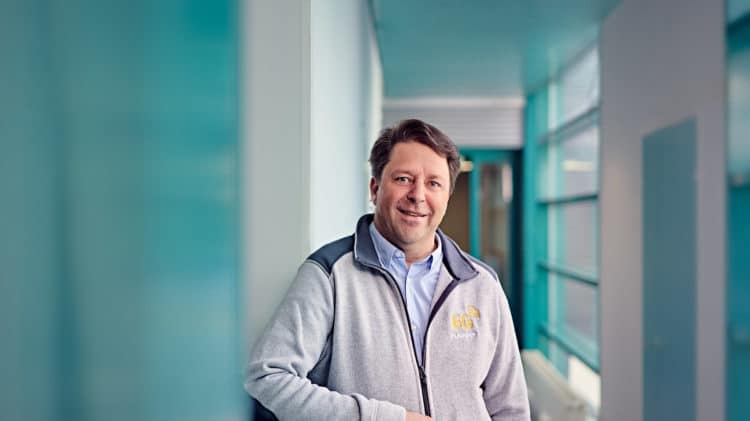
6G Flagship – The second phase: Expert teams speeding up in creating possible solutions
The second phase of 6G Flagship started at the beginning of May. The next four years will be the most intensive in 6G research. At the time of ending the programme in mid-2026, 6G standardization can be expected to be progressing at full speed.
“Until then, we will have a lot of fun investigating all possible alternatives making 6G possible. Although it isn’t clear at all yet what will eventually make 6G a reality, the global research community has made significant steps forward since we started in 2018. Our seminal work on identifying key research challenges and directions in the 6G White Papers series is still valid. More open questions remain than mature answers,” defines Professor Matti Latva-aho, the Director of 6G Flagship.
Four main research areas will continue their work, namely wireless connectivity, device technologies, distributed intelligence and human-centric wireless services.
Our research is governed by the United Nations’ Sustainable Development Goals, which provide us with an entirely new and unforeseen set of additional requirements for wireless connectivity.
Key challenges for the second term
6G must provide increased transmission capabilities and safe and dependable global service delivery. These will help bridge the existing digital divide. We are developing new connectivity techniques to accommodate higher spectrum bands towards the THz regime. We also integrate sensing capabilities into the communication systems and create novel connectivity strategies and solutions that work at various frequencies for the demands of different verticals. Our research is governed by the United Nations’ Sustainable Development Goals, which provide us with an entirely new and unforeseen set of additional requirements for wireless connectivity.
Transceiver and antenna implementations will be the foundations for future communication systems. Experimental research on new and innovative solutions ranging from materials to hardware architectures can address their technological limitations. The research will evolve from individual enablers to entire RF transceivers/systems and mechanisms to further advance technologies around core areas, from RF and antennas to digital solutions, including AI/ML solutions, to support HW platform optimization. However, as the technologies are still at a low maturity level in many core concepts, advancements are needed before standardization can ramp up and continue to validate assumptions.
Data is the future digital society’s foundation. Ultra-densified communications and sensing overwhelm the current data and computing infrastructures. Massive volumes of locally produced data need the dispersion of computations throughout an edge-cloud continuum. AI/ML models need new distributed paradigms that use modern 6G networks to boost privacy and data locality. Distributed computing and AI/ML will enable distributed sensing, modelling, and unique user interfaces. These will need integration into complex system architectures that operate independently and in dynamic contexts and will lay the groundwork for the future society’s needs.
Commercial-grade test environments are needed for vertical applications to have sufficiently realistic testing conditions. 6GTN will provide a solution for this purpose. Testing across many verticals will give a complete examination of interoperability challenges and requirements than testing across a single vertical. 6G is an upcoming general-purpose technology that will influence how value and profit are built from technological advancements. Considerations for business, technology, economics, and sustainability are critical for creating future 6G systems and technologies and associated legislation. Research is also needed to investigate the empowerment of users as active participants of the 6G ecosystem.
New 6G programmes and fora emerging
In order to be able to respond to ever-increasing challenges in mobile communications research, global collaboration is becoming more important than ever before.
“It’s a pleasure to see increasing discussions with the key players from the US, Europe and Asia. New 6G Programmes and Fora are emerging. As a next step, it would be imperative to get critical vertical sectors like health, automotive and energy besides industry involved with the definition of the future requirements. It will be a real challenge to develop a superior mobile technology satisfying future sustainability criteria. Hopefully, we won’t need 7G and beyond making it real, but already 6G would satisfy the new sustainability requirements”, muses Latva-aho.